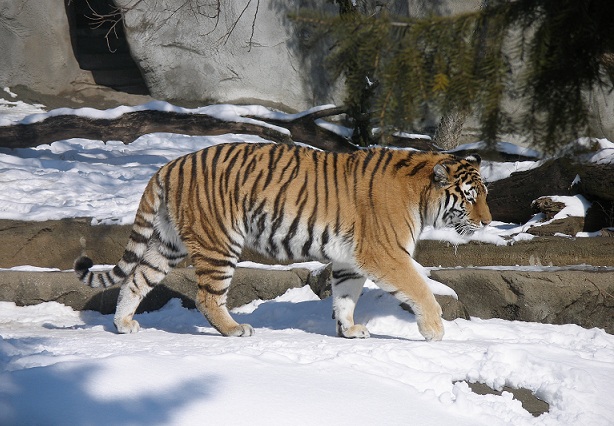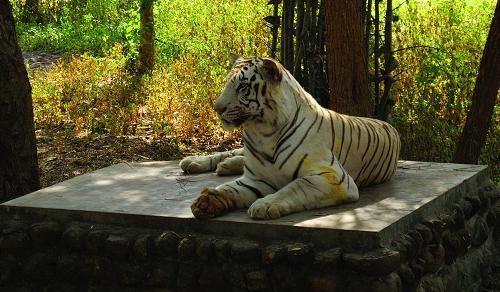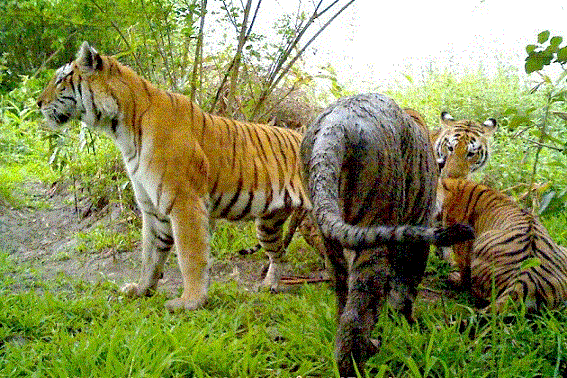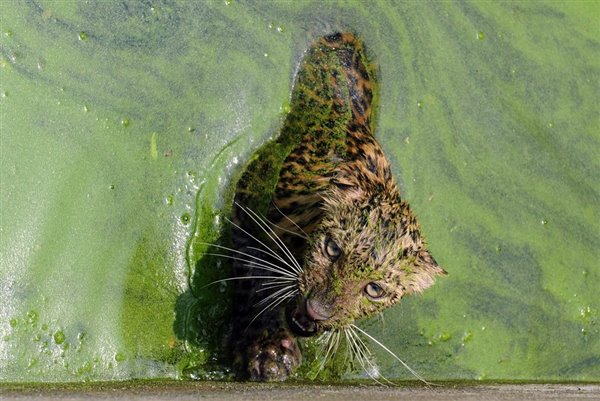The Red List | Tiger



Do you know these facts?
The Tiger has been the symbol of power and strength in the human civilization. Unfortunately this majestic wild cat is one of the most threatened mammal on Earth.
Currently there six sub-species of Tiger are surviving. These are Royal Bengal Tiger, Indochinese Tiger, Malayan Tiger, Sumatran Tiger, Siberian Tiger and South China Tiger. In the last century three sub-species of Tiger have gone extinct. These are Bali Tiger, Javan Tiger and Caspian Tiger.
A tigress may have a territory of 20 square kilometers while the territories of males are much larger, covering 60–100 square km. This is bigger than areas of many small countries in the world.
The largest of all the “big cats” in the jungle, the Tiger has been the symbol of power and strength in the human civilization across the planet. But the KING of the jungle is facing severe threat from human and in the verse of extinction.
The Scientific Name: Panthera Tigris
Where is it found?
Once widely spread across Asia, the Tiger has shrunk in size dangerously in recent times. Its estimated as only 7% of the former population is now surviving in the wild.
Once the tiger ranged from the Caucasus and the Caspian Sea to Siberia and Indonesia. During the 19th century, these cats completely vanished from western Asia, and became restricted to isolated pockets in the remaining parts of their range. Today, their range is fragmented, and extends from India in the west to China and Southeast Asia in the east. The northern limit is close to the Amur River in south eastern Siberia. The only large island inhabited by tigers today is Sumatra. Tigers vanished from Java and Bali during the 20th century, and in Borneo are known only from fossil remains.
How does it live?
Tigers are essentially solitary and territorial animals. The size of a tiger’s home range mainly depends on prey abundance, and, in the case of male tigers, on access to females. A tigress may have a territory of 20 square kilometers while the territories of males are much larger, covering 60–100 km2. The ranges of males tend to overlap those of several females.
In the wild, tigers mostly feed on larger and medium sized animals. Sambar, gaur, chital, barasingha, wild boar, nilgai and both water buffalo and domestic buffalo are the tiger’s favoured prey in India. Sometimes, they also prey on leopards, pythons, sloth bears and crocodiles. In Siberia the main prey species are manchurian wapiti, wild boar, sika deer, moose, roe deer, and musk deer.
Mating can occur all year round, but is generally more common between November and April. A female is only receptive for a few days and mating is frequent during that time period. A pair will copulate frequently and noisily, like other cats. The gestation period is 16 weeks. The litter size usually consists of around 3–4 cubs of about 1 kilogram (2.2 lb) each, which are born blind and helpless. The females rear them alone, sheltering them in dens such as thickets and rocky crevices. The father of the cubs generally takes no part in rearing them.
How does it look?
The size of the tiger varies from subspecies to subspecies. Siberian Tiger that is supposed to be the largest among all the subspecies, can grow 3.5 meter in length and more than 300 KG in weight. The males normally weigh 1.5 times more than the females. Similar to the size, the color alo depends upon the subspecies. Typically they have rusty-reddish to brown-rusty coats, a whitish medial and ventral area, a white \”fringe\” that surrounds the face, and stripes that vary from brown or gray to pure black. The form and density of stripes differs among subspecies.
Articles on Tiger
1 Comments For This Post
Leave a Reply
MOST CONCERNED ENDANGERED SPECIES
- Kashmir Stag (Hangul) - 229 votes
- Iberian Lynx - 154 votes
- Great Indian Bustard - 150 votes
- Long-Tailed Chinchilla - 138 votes
- Greater One Horned Rhino - 100 votes
- Orange-bellied Parrot - 95 votes
- Snow Leopard - 92 votes
- Red Panda - 82 votes
- Mekong Giant Catfish - 82 votes
- Tiger - 63 votes
-
CATEGORIES
- Amphibian (1)
- Bird (2)
- Conservation (10)
- Environment (4)
- Featured (5)
- Fish (2)
- Heavens on Earth (2)
- Mammal (11)
- Nature's Facts (8)
- Nature's Wonders (9)
- News (13)
- Red List of Endangered Species (18)
- Reptile (2)
- Wildlife (4)
-
ARCHIVES
- January 2013 (2)
- December 2012 (1)
- July 2012 (1)
- June 2012 (13)
- May 2012 (20)
- April 2012 (15)
- March 2012 (1)
- December 2011 (1)
- November 2011 (1)
- October 2011 (1)
- June 2011 (1)
- May 2011 (2)
- April 2011 (2)
- February 2011 (2)
- January 2011 (5)
- December 2010 (2)
- November 2010 (1)
- October 2010 (1)
- April 2010 (1)



 (63 votes, average: 1.00 out of 1)
(63 votes, average: 1.00 out of 1)

July 25th, 2013 at 12:25 pm
plz give information about more animals like cormorant painted stork white ibis plz plz